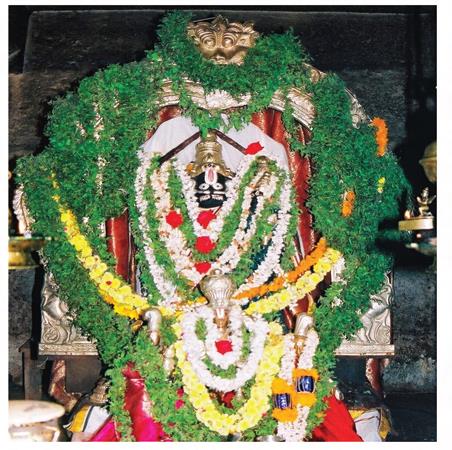Gunja Narasimha Swamy Temple Next to Andhra Pradesh and Telangana, there are several well-known and lesser-known Sri Narasimha Swamy Temples in Karnataka. Some are in the crowded cities/towns which are ancient and hence in the interior area; some are on the river banks and some on the confluence of three rivers such as Nira Narasingpur Read More
Ads Blocker Detected!!!
We have detected that you are using extensions to block ads. Please support us by disabling these ads blocker.

